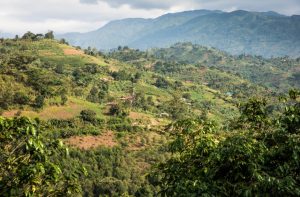Wrapped in a Sea of Plastic
Half a century of this “uncontrolled experiment” is fast becoming as serious a problem as climate change. Plastics everywhere was bad enough, but now multiple
Half a century of this “uncontrolled experiment” is fast becoming as serious a problem as climate change. Plastics everywhere was bad enough, but now multiple

About one third of the world’s land, more than four billion hectares, is forest. Every year, this area decreases by an average of 13 million
Scientists arrived at this figure, which is around 16 times higher than previous estimates, by assessing aerial images alongside data from ships dragging nets through
Will Harris, a good ol’ boy Georgia rancher, may well be our nation’s best bet for a better, more sustainable future. He’s the subject of
This headline from the smart website newfoodeconomy.org caught our attention: “General Mills is transitioning 53 square miles of South Dakota farmland to certified organic.” That’s
California’s drought-to-deluge cycle can mask the dangers Mother Nature can have in store. During one of the driest March-through-February time periods ever recorded in Southern
Biodiversity and Nature’s Contributions Continue Dangerous Decline, Scientists Warn Human well-being at risk. Landmark reports highlight options to protect and restore nature and its vital
The patch of detritus is more than twice the size of France and is up to 16 times larger than previously estimated. An enormous area
Microplastics can really be found everywhere, even in the stomachs of creatures living deep underwater. Marine scientists from the National University of Ireland (NUI) in Galway found
After centuries of bad stewardship, communities are at last starting to see the benefits of forests. China plans to plant forests the size of Ireland. Latin